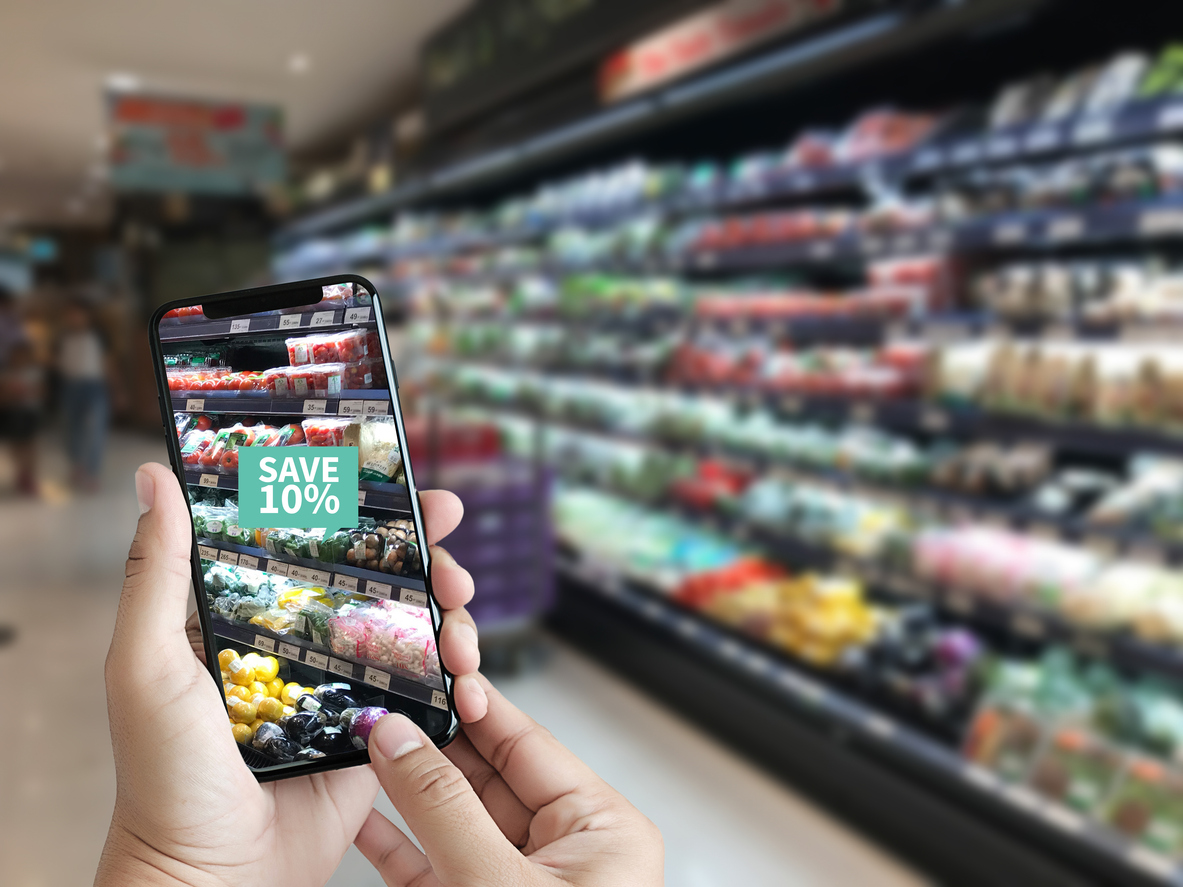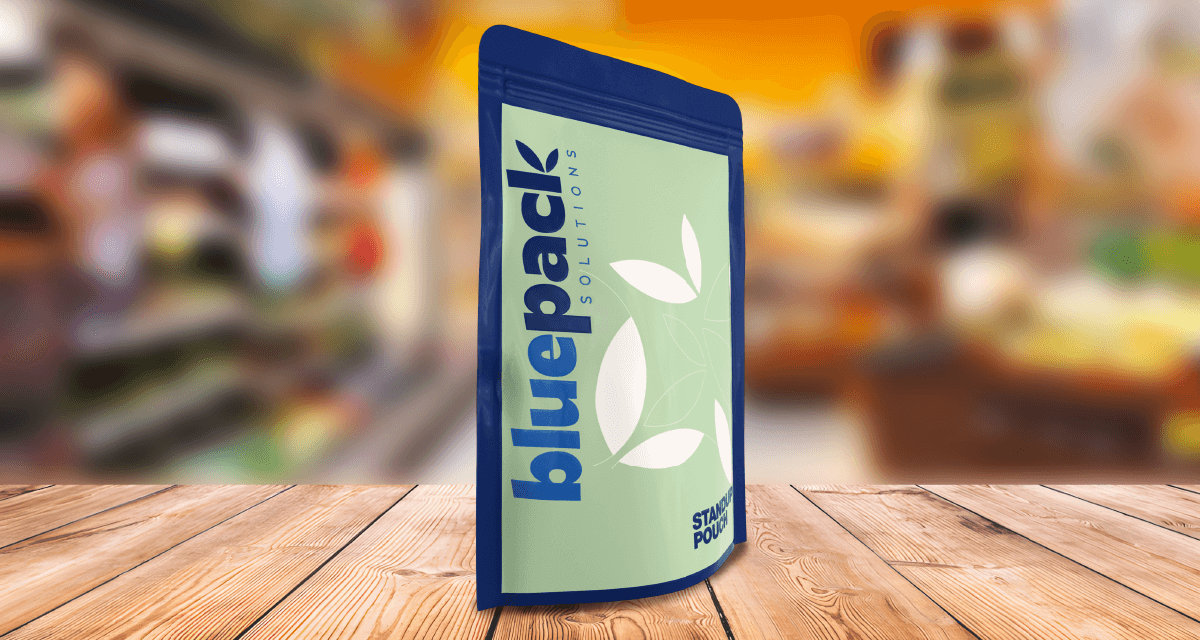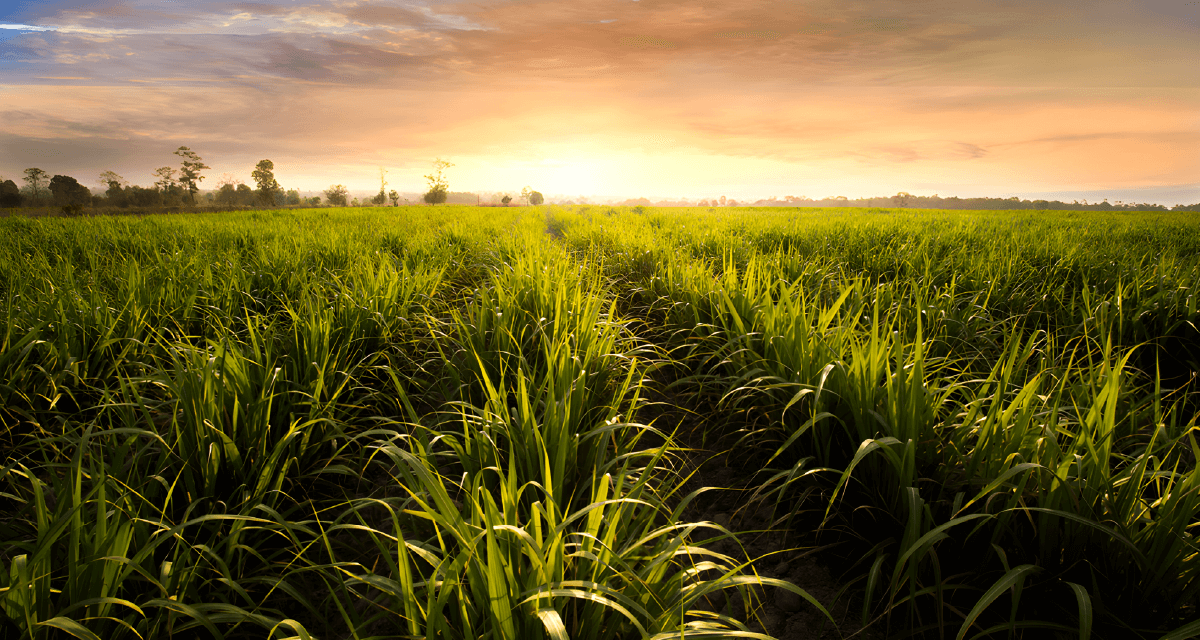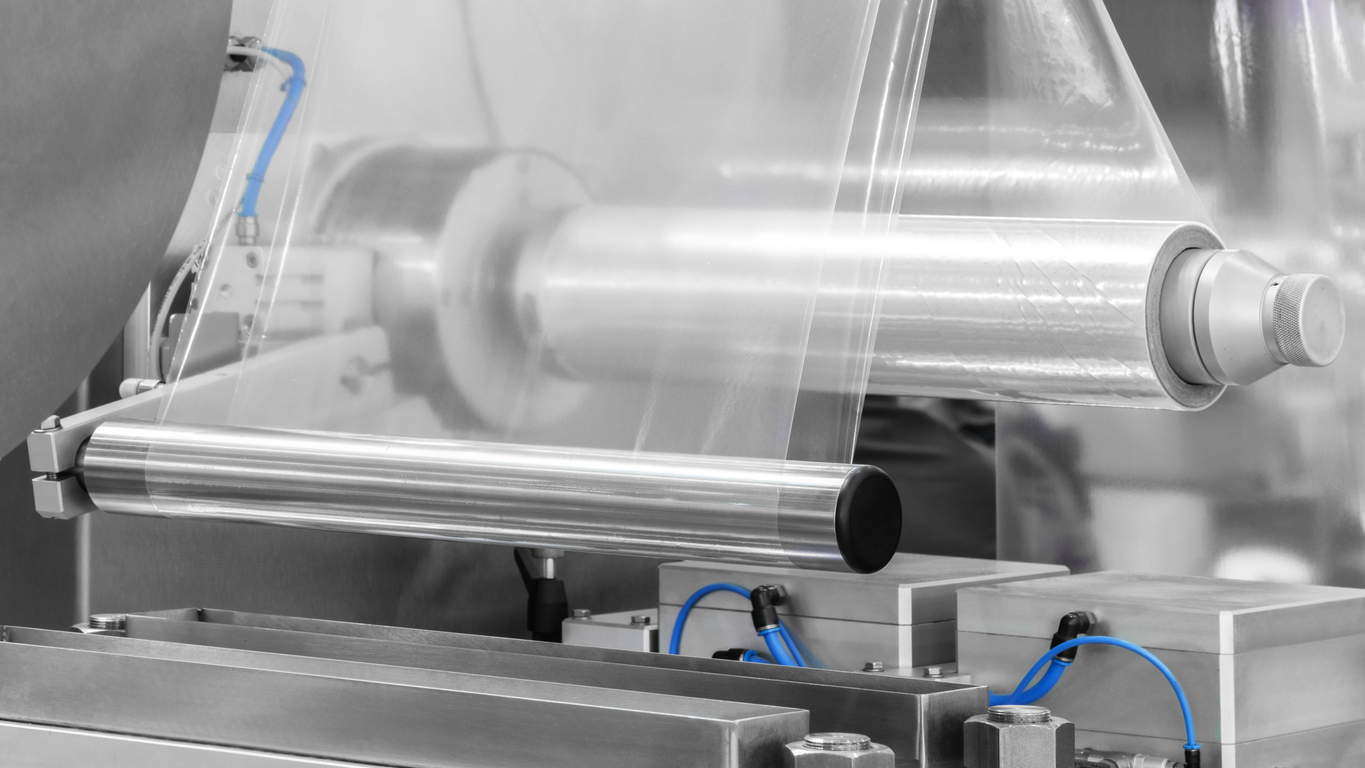Recyclable retortable pouches represent a new generation of flexible packaging…

2025 Trends in Flexible Packaging
In 2025, the flexible packaging industry continues to evolve, driven by sustainability demands, technological innovation, and shifting consumer expectations. Here are the top trends shaping the future of flexible packaging:
1. Sustainability and Eco-Friendly Materials
The industry is increasingly turning to recyclable, biodegradable, and compostable materials in response to growing environmental concerns. Stricter regulations on single-use plastics are accelerating this shift across global markets.
2. Minimalist and Functional Design
Simple packaging designs with clean labels are becoming more popular—not only for their modern aesthetic, but also for their cost efficiency and recyclability. These designs reduce the use of inks and materials, contributing to a more sustainable lifecycle.
3. Integrated Smart Technology
The integration of QR codes, NFC, and smart labels in flexible packaging is transforming consumer engagement. These technologies offer access to product information, promotions, and digital experiences, while enhancing traceability and transparency.
4. Adaptation to E-Commerce
As e-commerce continues to grow, flexible packaging must offer durability, lightness, and cost efficiency for shipping. At the same time, brands are investing in functional and attractive unboxing experiences to delight customers.
5. Personalization and Consumer Connection
Customized packaging is becoming a key differentiator. Brands are using personalized designs and messaging to create stronger emotional connections with consumers in increasingly competitive markets.
6. Eco-Design and Circular Economy Initiatives
Eco-design focuses on minimizing environmental impact from the very beginning—using fewer materials and simplifying structures for easier recycling. At the same time, circular economy models promote material reuse and integration into new production cycles.
7. Innovation in Machinery and Processes
Advancements in packaging machinery aim to improve efficiency, reduce waste, and enable compatibility with sustainable materials. The push toward automation and digitalization enhances responsiveness to market demands and reduces production lead times.
Conclusion: A Future Defined by Purpose and Progress
These trends reflect the industry’s commitment to sustainability, functionality, and technological innovation, all while meeting the needs of increasingly conscious and demanding consumers in 2025.
💡 Ready to innovate your flexible packaging for 2025?
Contact Blue Pack Solutions – Smarter Packaging, Sustainable Solutions.



